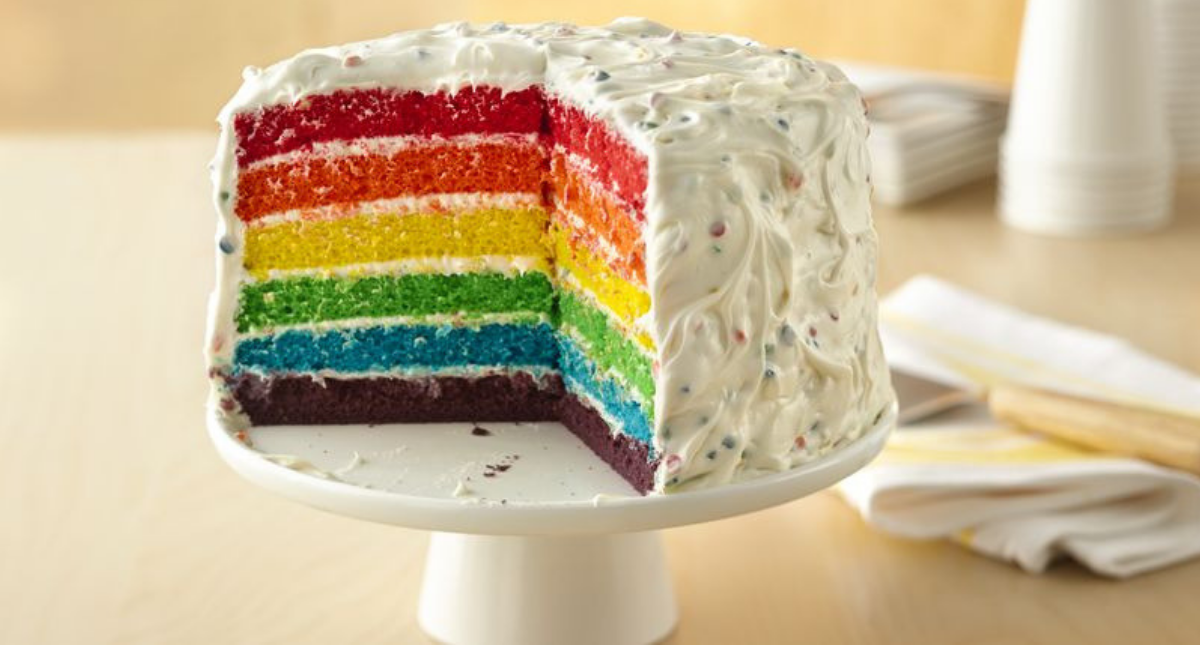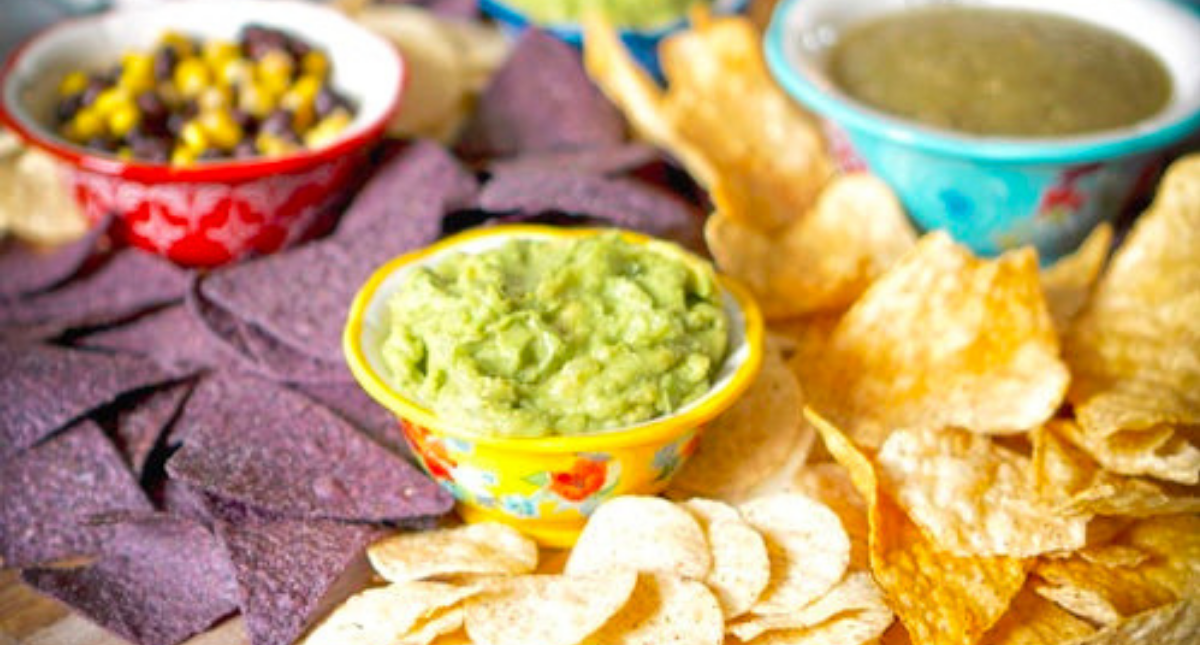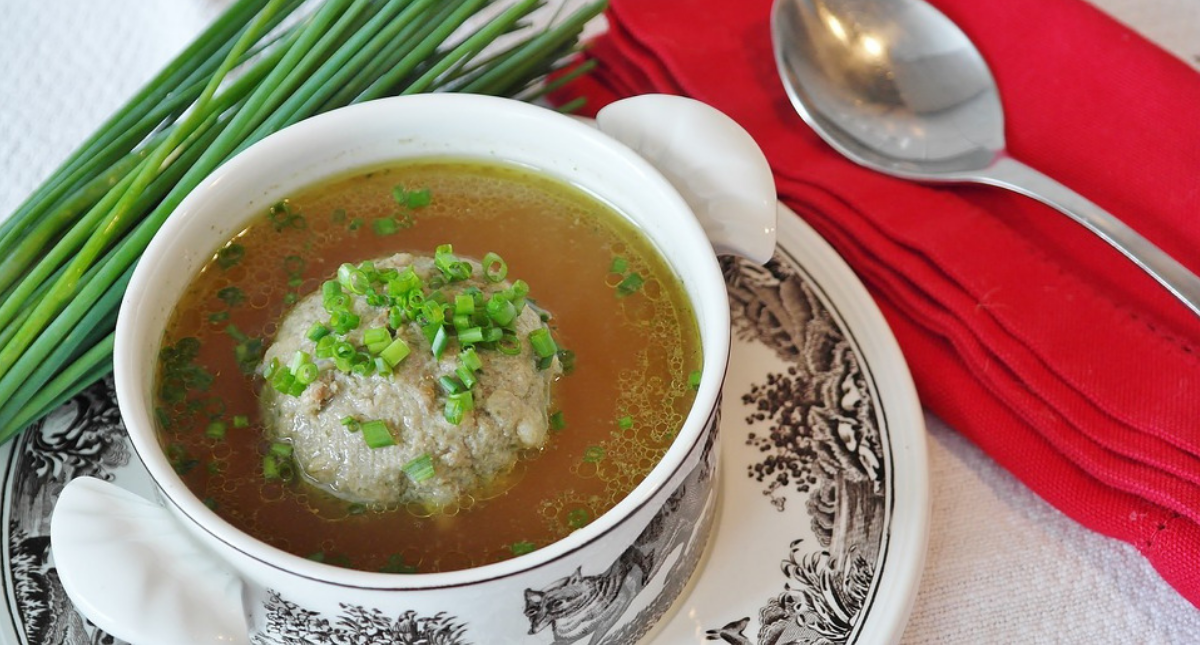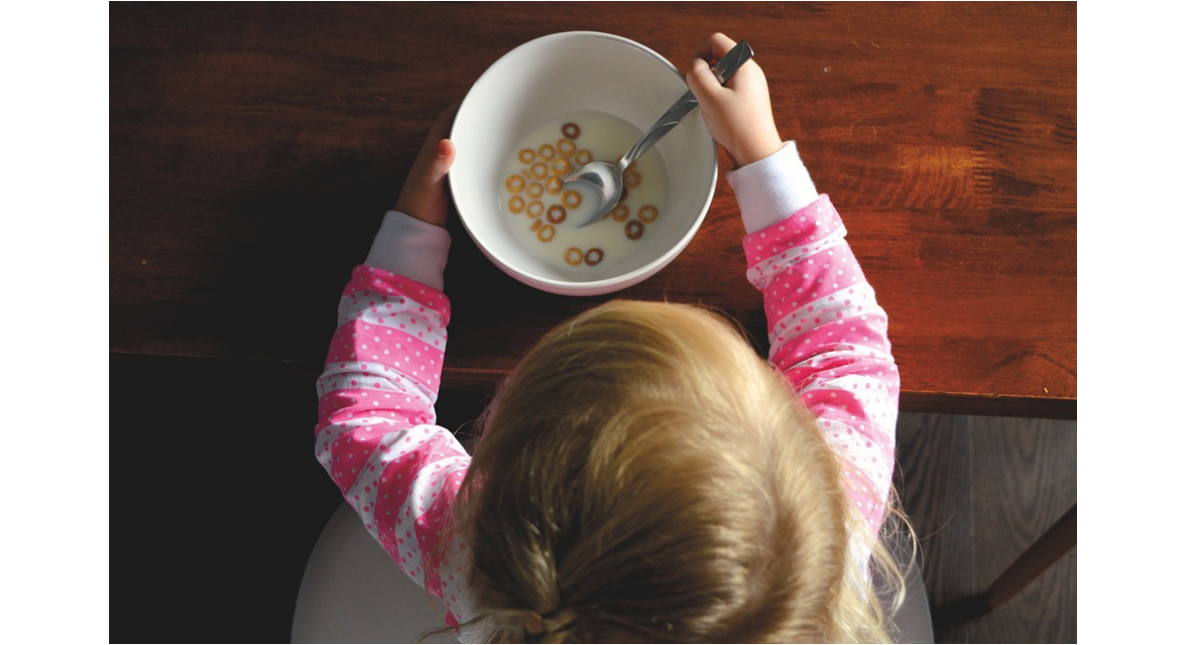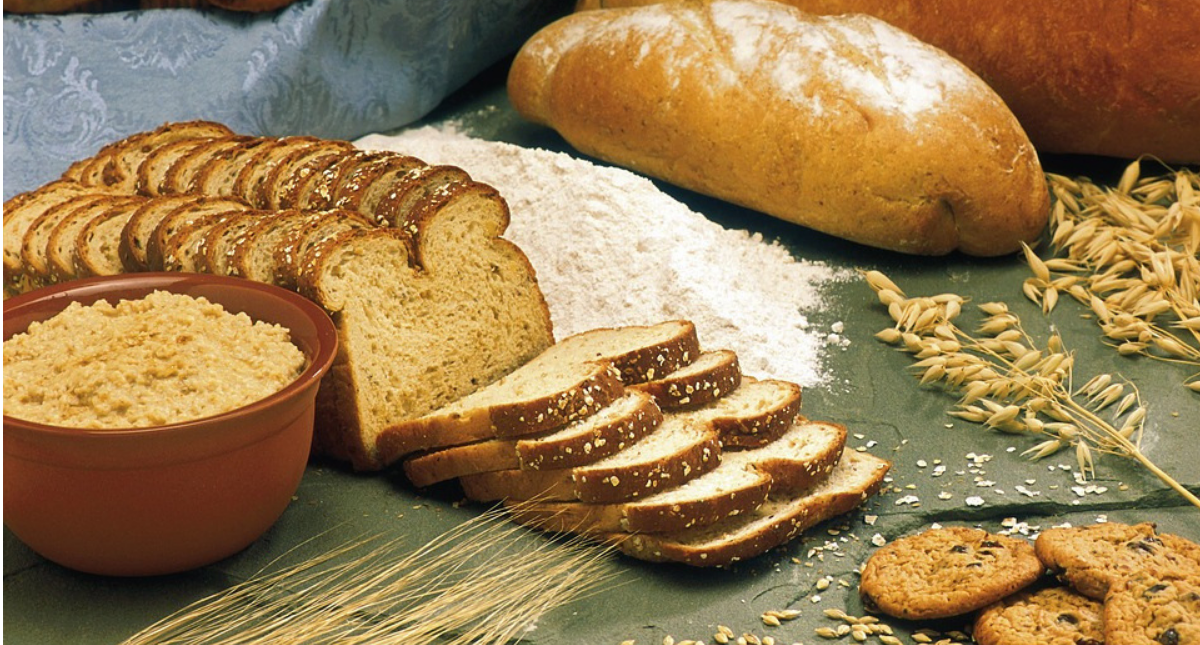

Wheat intolerance is one of the most popular food allergies. Unlike a gluten-allergy, a wheat allergy means you cannot have anything that contains wheat, whether it is food, your makeup, or even your toothpaste. Do you think you may be allergic to wheat? In this article, I'll go over the most common wheat intolerance symptoms so that you know if you should stop eating wheat or not. Hopefully, this article will answer all your questions about wheat intolerance and how to deal with this allergy.
What Does Wheat Intolerance Mean?
Before we take a look at wheat intolerance symptoms, let's first take a look at what wheat intolerance is. A wheat allergy is one of the most common food allergies in the United States, affecting around one of every 250 adults and one of every 200 children. While a wheat allergy most often develops in early childhood, people can manifest with symptoms at any stage of their life, including later adulthood. If you develop a wheat allergy later on in your life, you'll probably have it for the rest of your life. Most children with a wheat allergy, on the other hand, will outgrow it by the age of 12.

Wheat Allergy Vs Gluten-Sensitivity
Although you may think that a wheat allergy is the same as being allergic to gluten, you may be surprised that this is not true. In fact, being "allergic" to gluten is not actually an allergy. That is why doctors do not call it a "gluten allergy". There are several different forms of protein in wheat that can cause allergic symptoms, including gluten, the protein responsible for reactions in celiac disease and gluten sensitivity. But a wheat allergy isn't the same thing as celiac or gluten sensitivity. The conditions all involve completely separate components of your immune system and different types of reactions (although in some cases, the symptoms can be similar).
Technically, wheat allergy is a true allergy, while celiac disease is an autoimmune disease. People with true wheat allergy can usually eat the grains barley and rye, while people with celiac or gluten sensitivity must avoid those grains along with wheat. Discuss with your doctor the symptoms that you have to find out if you have a wheat allergy or a gluten-sensitivity.
Wheat Intolerance Symptoms To Look For
Here are the most common wheat intolerance symptoms to look for.
- Digestive symptoms, including abdominal pain, bloating, nausea, diarrhea, and vomiting.
- Respiratory symptoms, including rhinitis, asthma, wheezing, and respiratory distress.
- Dermatologic symptoms including eczema, hives, blisters, and the swelling of the hands and face.
- Oropharyngeal symptoms including mouth and throat itchiness, coughing, and the swelling of the tongue and throat.
- Neurological symptoms such as headaches, dizziness, blurred vision, confusion, and seizures.
What To Do If You Have A Wheat Allergy
If you have the symptoms that I mentioned above, you may be wondering what you should do. As with all food allergies, the management of a wheat allergy involves the complete avoidance of wheat in any form. This is easier said than done, as wheat is found in many of the foods we eat. In fact, around 75 percent of all grain products in the U.S. is made up of wheat.
Fortunately, the U.S. Food and Drug Administration requires all wheat-containing food products to be properly labeled so that consumers can avoid them if needed. This means that you can check the label of a product and see if it contains wheat or not. It should say if there is wheat or not right underneath the ingredient list. Keep in mind that while the majority of gluten-free foods are also wheat-free, not all are. As with any other food product, it is important that you check the food label. Just because it may say its gluten-free doesn't mean that it is wheat-free.

Other Ingredients That Mean There Is Wheat
Although all food products must say if there is wheat, sometimes it is hidden in the ingredient list. These ingredients below are all signs that there is wheat in the food you are purchasing. Also, sometimes the label will say "May contain wheat" or "Made in a facility that processes wheat." If your reaction to the wheat has been severe enough to require emergency care or hospitalization, you shouldn't purchase foods that read this. The following ingredients are all signs that it is made of wheat:
- Flour
- Enriched Flour
- Gluten
- High-gluten flour
- High-protein flour
- Wheat germ
- Farina
- Semolina
- Drum
- Modified starch
- Bran
- Graham flour
- Couscous
- Cracker crumbs
- Einkorn
- Emmer
- Farro
- Kamut
- Seitan
- Fu
- Spelt
- Triticale
When Will I Notice Wheat Intolerance Symptoms?
Just as the wheat intolerance symptoms will vary, so will the speed of the development of the symptoms. With an IgE-mediated reaction, in which the body responds to an antibody known as immunoglobulin E (IgE), the symptoms can occur within minutes or hours of eating wheat. With a non-IgE-mediated reaction, symptoms may not appear until a day or two later as a result of other components of the immune system aside from IgE. Therefore, it is unknown when the symptoms of a wheat allergy will appear.
What About Beauty Products Containing Wheat Or Gluten?
If you have celiac disease (gluten allergy), it is not possible for beauty products to harm you unless you swallow it according to the Mayo Clinic. However, if you have a wheat allergy, it is important that you stay away from beauty products that may contain wheat. Opt for gluten-free beauty products instead. Because gluten-free products can still contain wheat, make sure you read the ingredients. Check all the ingredients on your toothpaste, shampoo, makeup, lotions, and medicine. Although it is uncommon for wheat to cause an allergic reaction if it touches you, there is still a chance that you could accidentally ingest it.

What Are Gluten Intolerance Symptoms?
As I have mentioned earlier, being allergic to wheat is not always the same as being allergic to gluten. It is characterized by adverse reactions to gluten, a protein found in wheat, barley, and rye. If you think you may be allergic to gluten, check out the symptoms below.
- Bloating
- Diarrhea or constipation
- Abdominal pain
- Depression
- Brain fog
- Headaches
- Feeling tired
- Skin issues
- Weight loss
- Iron-deficiency anemia
- Anxiety
- Autoimmune disorders
- Joint and muscle pain
- Leg or arm numbness
What To Eat When You Are Allergic To Wheat
The biggest challenge is finding enough foods to substitute all the foods that contain wheat. Most crackers, bread, and desserts contain wheat, which makes it hard to know what to eat. Let's take a look at how you can successfully have a wheat-free diet.
Vegetables and Fruits
Fresh vegetables and fruits are safe to eat when you are allergic to wheat. You can also have canned veggies and vegetable juices. Avoid having breaded vegetables and vegetables combined with wheat products.
Soups Made Without Wheat
Homemade soup, clear bouillon, consommé, and broth are all safe food options. However, keep in mind that not all soups are wheat-free. Cream soups, soups with noodles or other pasta, and soup thickened with wheat flour are all dangerous to eat. The only time that creamed soups are safe to eat is if it does not contain wheat flour.
Unbreaded Meat
You can eat beef, veal, pork, ham, chicken, turkey, lamb, or fish when you are allergic to wheat. The meat can be baked, broiled, boiled, roasted, or fried as long as it is not breaded or made with flour. Also, avoid meats with fillers, such as meatloaf.
Desserts Made Without Wheat
You can eat custards, Bavarian creams, oatmeal, arrowroot, rice, or rye cookies without wheat products as desserts, cornstarch, tapioca, or rice puddings also make great desserts. Avoid cakes, pastries, commercial frosting, icing, ice cream, sherbet, ice cream cones, cookies, Graham crackers, donuts, or packaged pudding. These foods may contain wheat.
Eggs
Eggs are completely fine to eat as long as they are not prepared with any wheat ingredients. Avoid eating Soufflés or creamed eggs made with wheat products. Besides that, you can eat eggs prepared any way.
Beverages Made Without Wheat
Coffee, tea, fruit juices, decaffeinated coffee, carbonated beverages, milk, and cocoa are all safe beverages to drink. Beverages to avoid include cereal beverages, coffee substitutes, instant chocolate drink mixes, beer, ale, and root beer.
Breads and Cereals Made Without Wheat
Surprisingly, there are many cereal and bread options that do not contain wheat. Such options include the following: Ry-Krisp; rice wafers; pure corn, rice, arrowroot, barley, potato, or rye bread made without wheat flour or wheat products; cornmeal; cornstarch; soybean flour; barley flour; oat flour; rice flour; potato starch; arrowroot flour; oatmeal cream of rice; puffed rice; or other cereals made from pure corn, oats, or rice to which no wheat has been added.

Final Thoughts
If you have a wheat allergy, you are not alone. Being allergic to wheat is one of the most popular food allergies. In this article, I went over wheat intolerance symptoms to be aware of. These wheat intolerance symptoms will help you identify if you have a wheat allergy or not. If you still can't tell if you are allergic to wheat, visit with your doctor. Even if you are sure you are allergic to wheat, it is best if you discuss your symptoms with your doctor. Your doctor will most likely do blood tests, as well as "skin prick" tests to find out if you are allergic to wheat. I hope this article on wheat intolerance symptoms has answered all your questions.
Recommended For You
Related Article: 7 High Carb Foods To Avoid In A Limited Carb Diet
Last update on 2024-04-17 at 17:44 / Affiliate links / Images from Amazon Product Advertising API




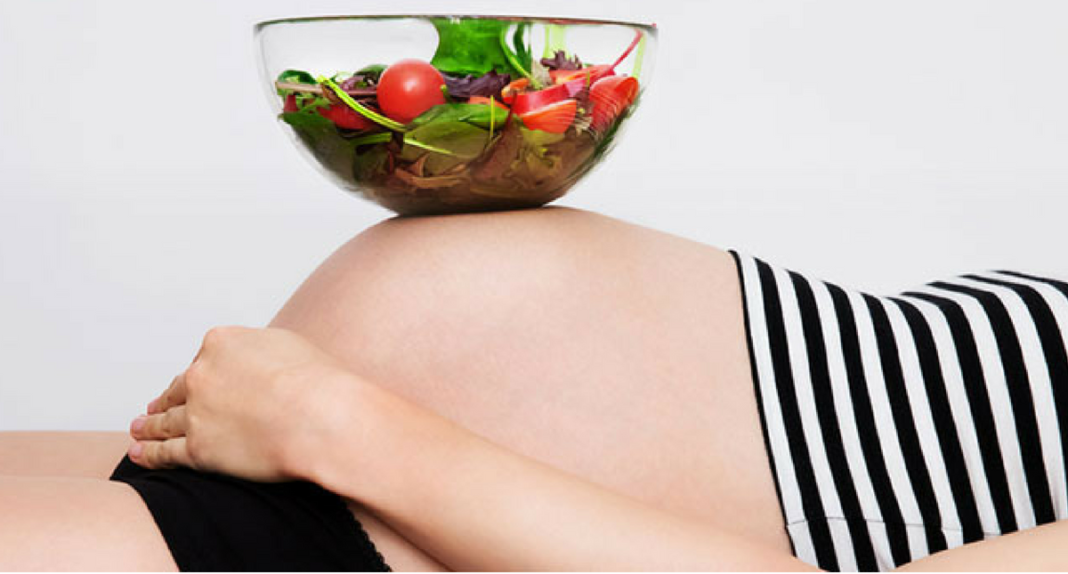






![Allergy-Free and Easy Cooking: 30-Minute Meals without Gluten, Wheat, Dairy, Eggs, Soy, Peanuts, Tree Nuts, Fish, Shellfish, and Sesame [A Cookbook]](https://m.media-amazon.com/images/I/51Mi8lLhHQL.jpg)










